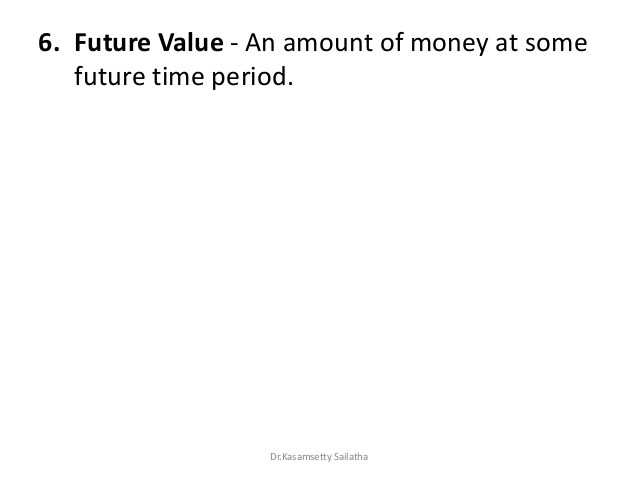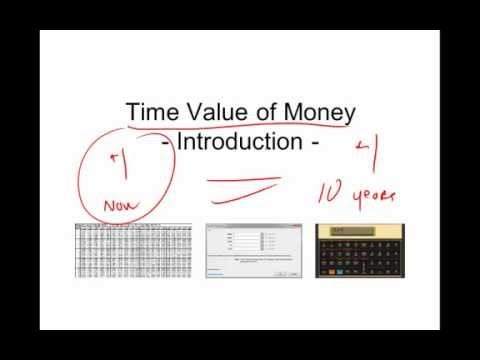An Introduction to the Time Value of Money
Post on: 16 Март, 2015 No Comment

The Future Value of a Dollar
If $100 is deposited into a savings account at the beginning of a year, and this account pays an interest rate of 10% annually, how much will the investor have in the account at the end of that same year?
The answer is $110$100 plus $10 interest.
This simple calculation may be expressed arithmetically, but suffice it to say that the 10% interest rate is taken times the principal of $100 and added to the original principal with the total as the correct answer.
Now, however, what happens at the end of the second year, presuming this same 10% interest payment?
The answer is now $121 or again, the interest rate of 10% times the new principal of $110 added to the new principal.
The $1 over and above the $10 on the original principal of $100 illustrates the principle of the compounding of ones money. By continuing with these calculations, it is possible to determine the amount that will be in the account at the end of a considerable number of years, but it will obviously take some time and work.
Using a financial function or business calculator to determine the amount. Through the inputting of variables for N (the number of years), I/YR (the annual interest rate), and PV (the original principal or present value). we can determine the amount that will have accrued at a set future date, or FV (future value) .
Many financial function calculators assume a certain amount of logic when solving time value of money problems.
- Whenever you invest (or spend) money, your calculator needs to know that it is an outflow of funds. You alert your calculator that it is an outflow by entering a payment (or investment) as a negative number.
- When you receive money, your calculator reports the result as a positive number. In short, enter payments as negative numbers and receipts as positive numbers.

If you are investing money now (as a lump sum or as a series of payments or deposits), enter a negative number. If you will receive money in the future, enter a positive number.
Getting back to the example, $100 (the PV or beginning value) after 20 years (N) at 10% interest per year (I/YR) will grow to an amount of $672.75 (the FV or ending value). This figure is derived by inputting the given numbers for PV, N and I/YR on those specified keys and solving for FV.
If you entered the $100 as a positive number for PV, your calculator gave you -$672.75 as your answer. Common sense tells you the answer must be positive, so what happened? When you entered $100 as the PV, you told the calculator that youre going to receive $100 now. Since the calculator has a receipt of money, it will assume there must be a payment (or investment) of money as well. Since you gave it a positive number for a receipt, it assumes the answer you are solving for must be a negative number (simply representing an outflow of funds). Try entering -$100 as the PV to see if it results in a positive number (representing a receipt of funds).
Another view that shows the importance of understanding Present Value versus Future Value is this:
Assume that you received a certificate of deposit that was purchased five years ago for $1,000. The certificate says it earned 6.8% per year, and you want to know what it will be worth tomorrow, at the end of the five years. The beginning deposit was $1,000 so that is entered as the PV, or present value, as a negative number. (In this case, it is very important to remember that the PV on the calculator has nothing to do with the present day. It is simply the beginning value). Five is N, since that is the number of years for the certificate, and 6.8 is I/YR. To find out what it will be worth tomorrow, press FV to calculate the future value (also called the ending value). You will find out that your certificate will be worth $1,389.49.














